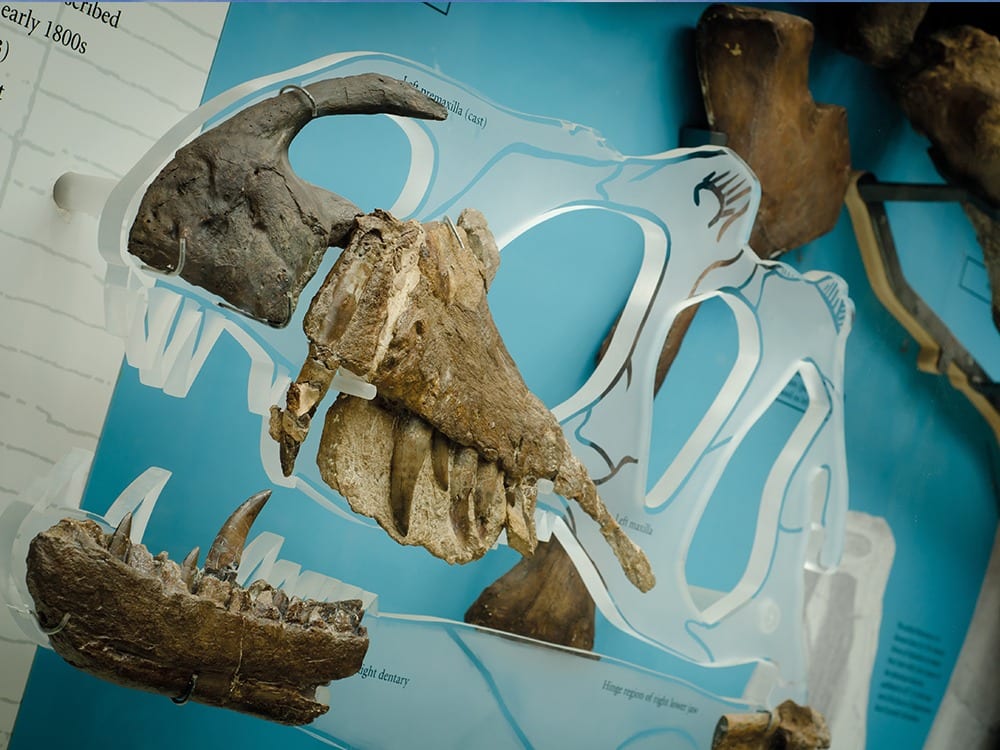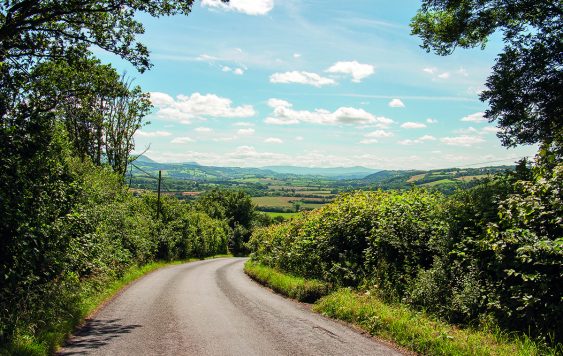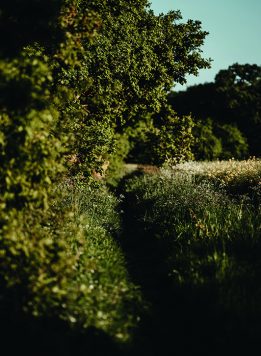From Friday 18th to Monday 28th October, the funky IF Oxford invites you to enjoy activities at more than 30 venues including the Oxford University Museum of Natural History, City of Oxford College’s Technology Campus and some great pubs, too!
October is your chance to explore cutting-edge research from world-leading academics, uncover big ideas and ask even bigger questions about science, humanity, the world at large and beyond.
There’s hands-on science for all ages at the Westgate Wonderlab on Saturday 19th and, at the Explorazone in Oxford Town Hall on Sunday 20th, find out how identical twins differ, discover the secret powers of super-hero worms and consider what the avatar you choose says about you while evil cyborg sea monsters take to the stage.

Build a robot to compete in a Robochallenge or enjoy Science at the Shops (Saturday 26th & Sunday 27th Oct; Templars Square); explore particle physics with Minecraft or use a smart phone to investigate human anatomy. The body is an extraordinary system – watch a powerful duet between Joel Brown of Candoco Dance Company and Eve Mutso, former Principal Dancer of Scottish Ballet in a beautiful performance called 111 (one hundred and eleven). 111 is the imaginary number of vertebrae that Joel and Eve have between them: Eve “moves like she has a hundred” while Joel’s spine is fused and he jokes he only has 11.
See the earliest animals on earth in an art exhibition (First Imprints, from 19th Oct), go “speed-dating for ideas” at Waterstones (24th Oct), or perform life-saving operations (in a board game) at the Old Fire Station (Mon 28th Oct).



With massive fossils being unearthed even now, hear the latest research on whether dinosaurs had colourful feathers and learn about fossilised dung (The Dinosaurs Rediscovered; 23rd Oct); explore time in an immersive multi-sensory performance (The relentless approach of better times; 24th Oct); experience an audio tour as Oxford’s “sonic landscape” reflects an environmental crisis (Only Expansion; 25th Oct); or save penguins (The Crowd and The Cosmos; 25th Oct) as you head to the edges of the universe with BBC astronomer and presenter of The Sky and Night Professor Chris Lintott.
Hold meteorites and moon rock (Apollo@50; 26th & 27th Oct); watch researchers battle for the Iron Crown (Fe Fi Fo Fum; 25th Oct), hear about new elements (Superheavy; 25th Oct) or enjoy escape rooms, comedy, poetry, music and more. The majority of events are free to enter. (Donations using a Pay What You Decide model.)

















